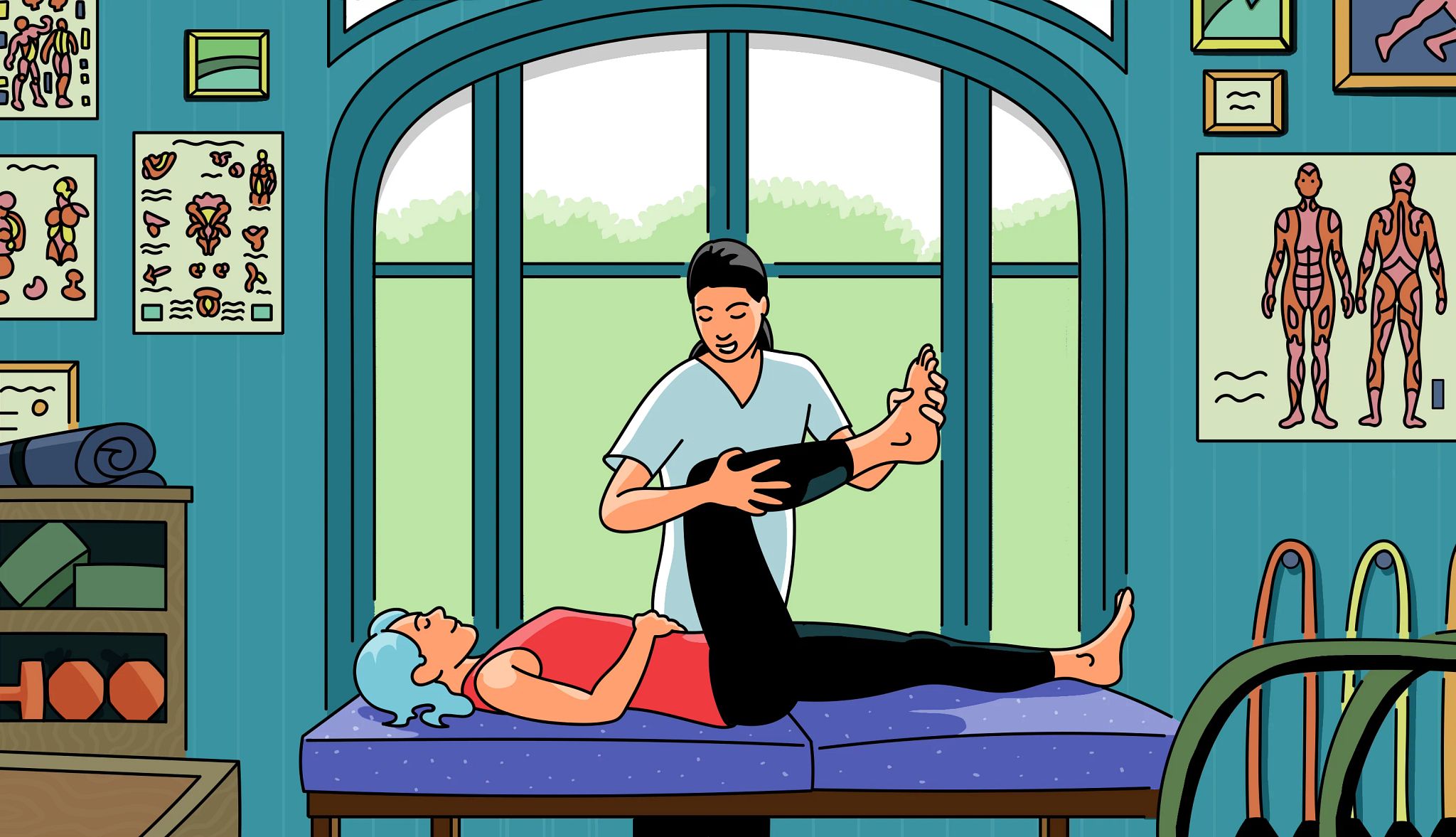AARP Hearing Center


David Mastrandrea has been more than a devoted husband to his wife, Patricia, for more than 55 years. He’s become her coach, caregiver and rehab partner as she recovers from a pressure wound that left her nearly immobile for 18 months.
Following his own successful experience with physical therapy, David urged Patricia’s doctor to refer her to a physical therapist to help her rebuild strength and restore mobility.
David stepped into a new role by documenting physical therapy exercises, tracking her oxygen levels and even filming her sessions so she could replicate them at home. Thanks to their teamwork — and Patricia’s own fierce determination — she recently walked unassisted for 45 minutes through a safari park in Sonoma County, California, with her two grandchildren, a milestone she wasn’t sure she would achieve again. “It’s been a long road, but I feel like I’ve gotten my life back,” she says.
What is physical therapy?
The Mastrandreas’ experience highlights a growing trend in health care, as physical therapy (PT) proves a critical lifeline for individuals to regain strength, mobility and confidence after a serious illness or injury.


The goal of PT is to help people move and function better physically while alleviating any pain, resulting in a more active and fulfilling life. PTs are movement experts who identify, diagnose and treat movement problems in people of all ages and abilities, says Cathy Ciolek, who specializes in geriatric physical therapy and is the president of APTA Geriatrics, an academy of the American Physical Therapy Association of Alexandria, Virginia.
Your doctor may prescribe PT for conditions such as:
- Age-related balance loss
- Arthritis and osteoarthritis
- Back, neck and joint pain
- Injuries from falls or other accidents
- Neurological disorders such as Parkinson’s disease or multiple sclerosis
- Post-surgery recovery
- Stroke recovery
Physical therapy involves hands-on care, tailored exercise programs and patient education to improve mobility, reduce pain and promote healing. At your first appointment, a PT will assess your physical challenges and limitations and create a personalized treatment plan.

































































More From AARP
Supporting People 50-Plus With Depression
Your support can help a loved one find help and hope
Caregiver Support: Exercises for Bedbound
Small daily movements assist a person on the road to recoveryMedication Management Tips for Caregivers
Stay on top of your loved one's prescription drug doses with these tools